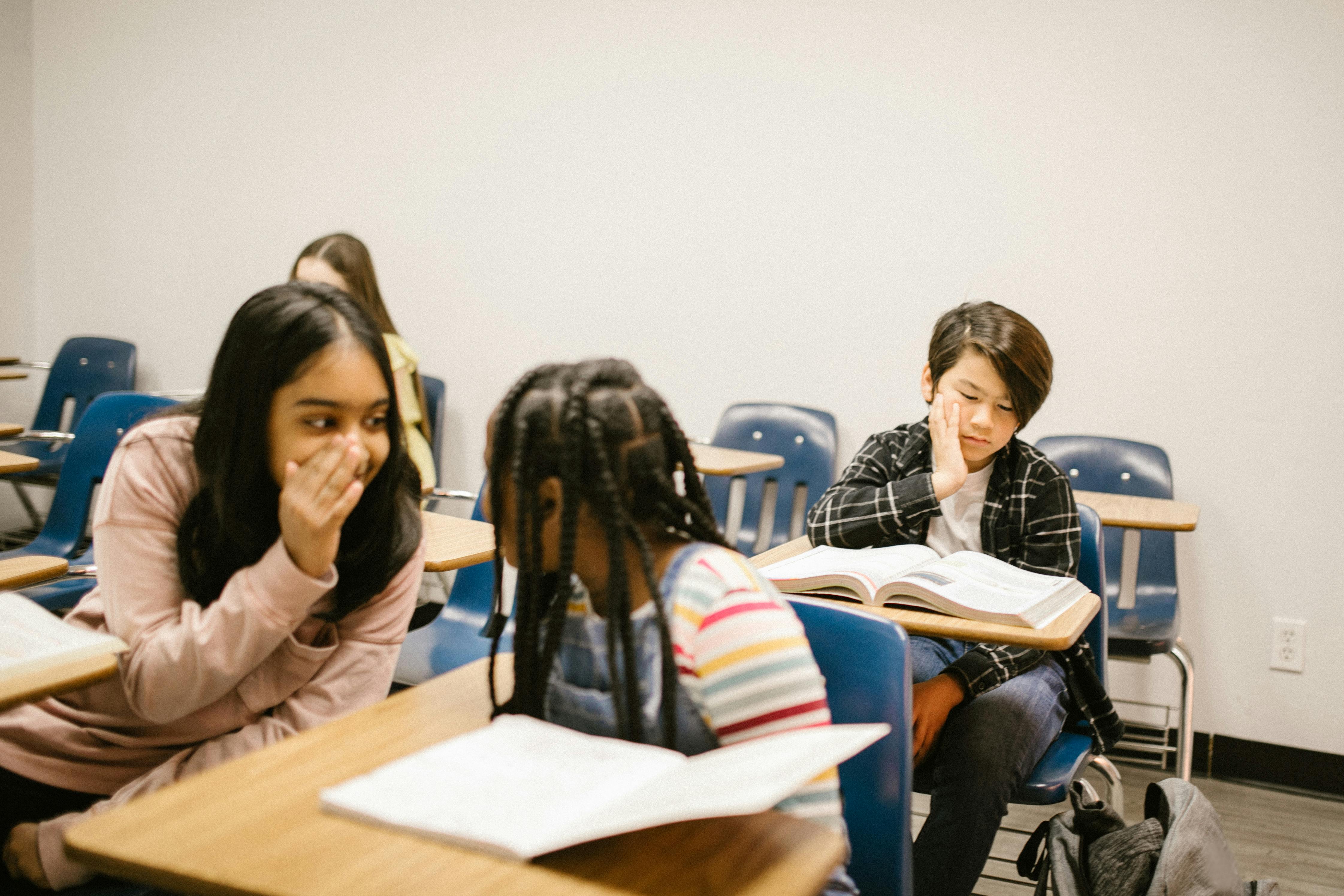Due to Covid-19, all children were homeschooled because schools were closed. Primary schools in certain countries will (partially) open in May. Not all children will go to full school right away. For example, elementary schools have the size of the group in the classroom. About 50 percent Children go to school all the time. The other half of the time they attend homeschooling. Schools are now deciding how best to organize it, and parents will be informed about this after that.
Tip 1. Keep it attainable
Learning at home should also be fun, so that it can be sustained for children, but especially for you as a parent. It does this by keeping you relaxed and without increasing your pressure.
fixed pace
A steady pace helps keep it fun for everyone. You can break up schoolwork throughout the day and alternate it with moments of relaxation, eating or drinking, and playing outside. Don’t push the schedule too tight. When children wander or become restless, it may be good to start another activity.
The relationship between parents and children, as teacher and student, can create tension.
Be aware of the changed relationship. As a parent you are not trained as a home teacher and you have to combine this with work. If it doesn’t work at first, try finding relaxation in other activities together.
Tip 2. Alternate work and exercise
It is important for all children to exercise during the day. Some children have a great need for exercise and sports. It is good to stimulate movement.
Fortunately, many sports clubs are open where you can exercise outdoors. This means that many children will pick up the pace in their weekly (sports) activities.
There are all kinds of fitness videos on YouTube for kids and teens. In ten minutes, these videos offer a little training. Of course, running or cycling is also an option.
Tip 3. Use teaching materials from school and beyond
A large amount of digital teaching material is already available. Primary and secondary teachers often give homework online. The work that the children have to do is ready for them. That provides support and structure.
Teachers, of course, make sure that the material matches the level of the child. If you also use teaching material from outside the school, it is important to be careful with this.
Tip 4. Talk to others about how things are going
Make sure there is room for everyone to tell how things are going and ask questions. Everyone is doing the best they can and trying things out to find out what works. Sometimes it works out and sometimes it doesn’t. Help share these experiences with others. Seek advice if things are not going well.
It’s nice when the kids talk after a few hours of work. For example, ask what they learned. Not to control them, but to show that he takes his schoolwork seriously and that they finish it well together.
Tip 5. Organize help on time
If giving or receiving homeschooling isn’t going well, it’s important to get help. Sometimes distance learning is not successful, because there are tensions in the home or because there are no resources, such as a computer or the Internet.
Even now that education is partially reopening, it can be difficult to organize activities during the week. Younger children may already be able to go to school and older children may not yet. Some of the children may be educated at school and some may still need to be educated at home. Contact the teacher or someone else at the school if there are any difficulties.
